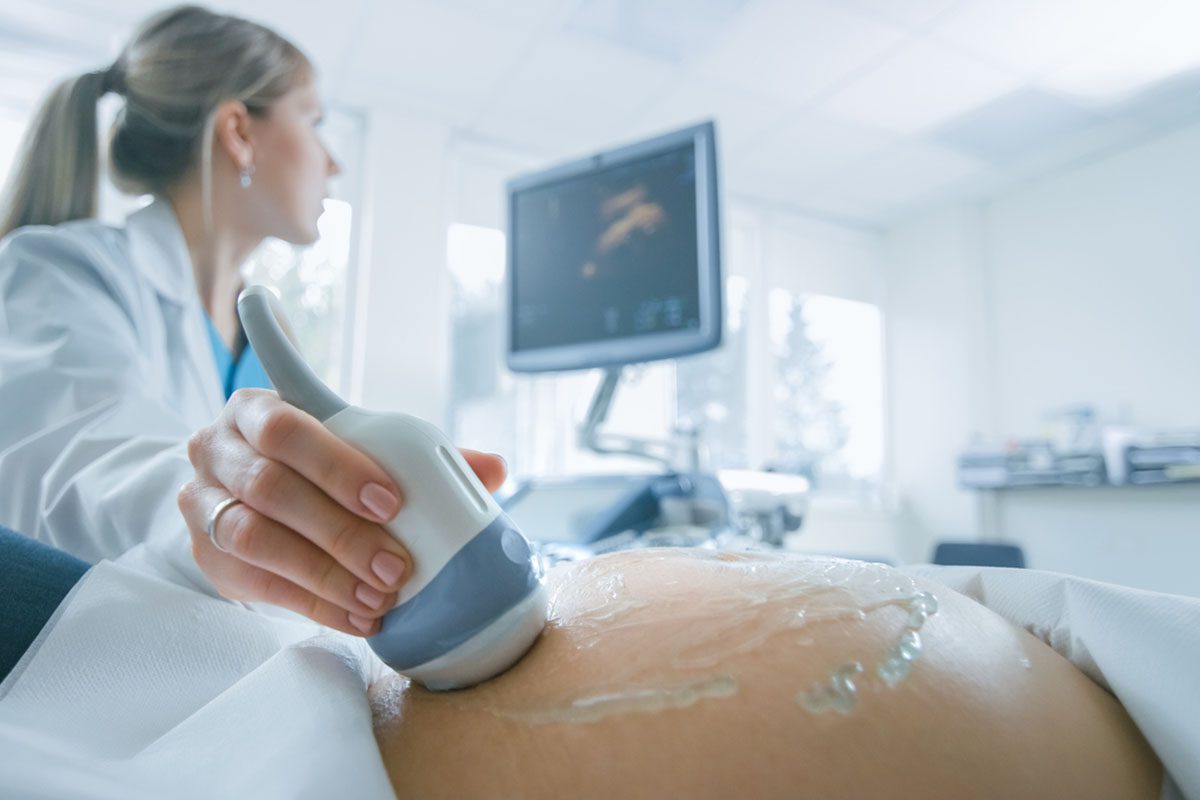A Case of Galactorrhea With Escitalopram: A Biopsychosocial Phenomenon
To the Editor: Galactorrhea with the use of escitalopram has been described in previous case reports.1-3 This phenomenon has been explained by various mechanisms: inhibition of dopaminergic neurotransmission by selective serotonin reuptake inhibitors, direct stimulation of prolactin release through postsynaptic serotonin (5-HT) receptors in the hypothalamus, and thyrotropin-releasing hormone (TRH) hyperresponsiveness in euprolactinemic galactorrhea.4,5 However, it is well known that some cases of galactorrhea in women are psychosomatic in origin, with galactorrhea occurring with menarche, marriage, and loss of a meaningful person or situation.6
Case report. Ms A, a 23-year-old single, unemployed mother, presented to our center in spring 2010 with worsening depressive symptoms. She had a history of depressive symptoms occurring episodically, with a first episode at age 16 years that resolved without treatment and a second episode at age 21 years that lasted about 4 months. This last episode was treated with escitalopram 10 mg a day, which she had continued to take. Her current depressive symptoms (ICD-10 recurrent depressive disorder, current episode severe without psychotic symptoms) had onset in early 2010 when her partner was incarcerated for 2 months for larceny. Her symptoms included depressed mood and crying spells, anergia and amotivation, anhedonia, poor concentration, ideas of worthlessness and guilt, ideas of hopelessness, a passive wish to die and intermittent suicidal ideas without plan or intent, prominent diurnal variation with morning worsening of symptoms, intermittent awakening and terminal insomnia, poor appetite and weight loss, holocranial headaches 2 to 3 times a week, and prominent psychomotor agitation and anxiety. For 2 months, she had also noticed pain and swelling in both of her breasts along with a white, milky discharge. She was not pregnant at the time, she had stopped breastfeeding about 15 months previously, and apart from intermittent headaches and anergia she had no other physical symptoms. About a month after the onset of her depressive symptoms, the dose of escitalopram was increased to 20 mg every morning. Around this time also, she noted a worsening of pain in her breasts and an increase in the milky discharge from them. A month after this, she presented to the hospital for further treatment.
Physical examination findings were consistent with galactorrhea. There was no past or family history of breast or gynecologic diseases, her menstrual cycles were normal, and apart from escitalopram she was on no other medications. Her family history was positive for alcohol dependence in both of her parents, depression in her mother, schizophrenia in her grandfather, and bipolar disorder in her grandmother. She had little contact with her family, whom she described as “dysfunctional”: her parents separated when she was 9 years old, and she received little support from her mother and siblings. An extensive organic workup, including a brain magnetic resonance imaging scan, serum prolactin level measurement, and thyroid function tests, revealed no abnormalities.
She had 2 admissions to the hospital over the next 6 months. Escitalopram was stopped, and over the next 3 months she received trials of venlafaxine extended-release followed by fluoxetine with no improvement in depressive symptoms or galactorrhea. She then received a trial of sertraline along with relaxation training and supportive psychotherapy. Several psychological themes emerged and were addressed: a “fear” that her partner would leave and “break up” her family but also a desire for him to leave “because he’s no good,” anxieties about having to look after her son and manage everything on her own, and anger that she received no help from her family. About 12 weeks after commencement of this line of treatment, depressive and anxiety symptoms and galactorrhea gradually resolved. She separated from her partner, felt able to manage on her own, and resumed her university studies.
The literature suggests that there is a significant temporal correlation of external events with the onset or worsening of galactorrhea6,7 and that exposure during childhood to an environment characterized by an absent or an alcoholic, violent father conditions some women to develop galactorrhea later in life as a response to specific life events such as marriage and actual or threatened loss of an important person or situation.6 Furthermore, an interaction of psychogenic, pharmacologic, and endocrinologic factors is said to be responsible for galactorrhea, with the latter occurring when these factors combine to reach a certain threshold.8 Psychotherapy has been shown to be effective in treatment of galactorrhea in which psychogenic factors are operative.7,8
In this case, galactorrhea developed about the same time as depressive symptoms and a significant life event in a patient with the childhood vulnerabilities for galactorrhea described in the literature. An increase in the dose of escitalopram worsened galactorrhea. Galactorrhea did not resolve when escitalopram was stopped and other antidepressants were started but rather as depressive symptoms and psychological conflicts were treated and improved.
This case highlights the importance of a biopsychosocial approach to evaluation and treatment in all cases of galactorrhea.
References
1. Gulsun M, Algul A, Semiz UB, et al. A case with euprolactinemic galactorrhea induced by escitalopram. Int J Psychiatry Med. 2007;37(3):275-278. PubMed
2. Shim SH, Lee YJ, Lee EC. A case of galactorrhea associated with excitalopram. Psychiatry Investig. 2009;6(3):230-232.PubMed doi:10.4306/pi.2009.6.3.230
3. Aggarwal A, Kumar R, Sharma RC, et al. Escitalopram induced galactorrhoea: a case report. Prog Neuropsychopharmacol Biol Psychiatry. 2010;34(3):557-558.PubMed doi:10.1016/j.pnpbp.2010.01.021
4. Damsa C, Bumb A, Bianchi-Demicheli F, et al. “Dopamine-dependent” side effects of selective serotonin reuptake inhibitors: a clinical review. J Clin Psychiatry. 2004;65(8):1064-1068.PubMed doi:10.4088/JCP.v65n0806
5. Ataya KM, Subramanian MG, Lawson DM, et al. Euprolactinemic galactorrhea: response of bioassayable prolactin to thyrotropin-releasing hormone. J Reprod Med. 1996;41(3):156-160. PubMed
6. Nunes MC, Sobrinho LG, Calhaz-Jorge C, et al. Psychosomatic factors in patients with hyperprolactinemia and/or galactorrhea. Obstet Gynecol. 1980;55(5):591-595. PubMed
7. Langer M, Fiegl J, Riegel V, et al. Psychosomatic aspects of galactorrhea. Arch Gynecol Obstet. 1991;248(4):167-173.PubMed doi:10.1007/BF02390355
8. Zeitner RM, Frank MV, Freeman SM. Pharmacogenic and psychogenic aspects of galactorrhea: case report. Am J Psychiatry. 1980;137(1):111-112. PubMed
Author affiliations: Sydney South West Area Health Service, Campbelltown Hospital, Campbelltown, New South Wales, Australia.
Potential conflicts of interest: None reported.
Funding/support: None reported.
Published online: November 24, 2011.
Prim Care Companion CNS Disord 2011;13(6):doi:10.4088/PCC.11l01202
© Copyright 2011 Physicians Postgraduate Press, Inc.



